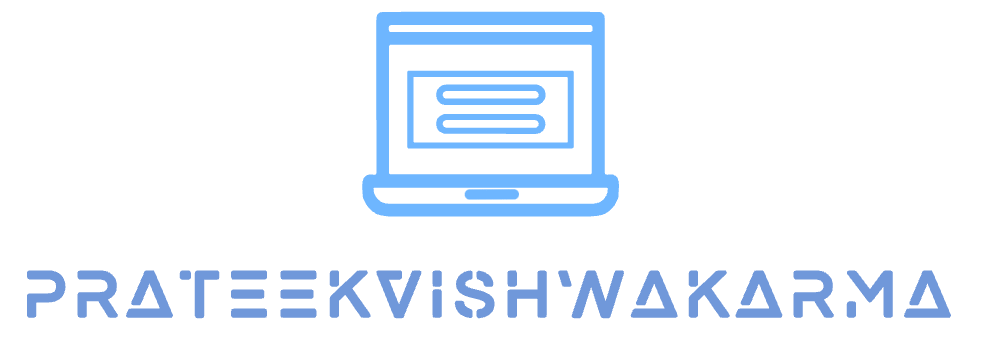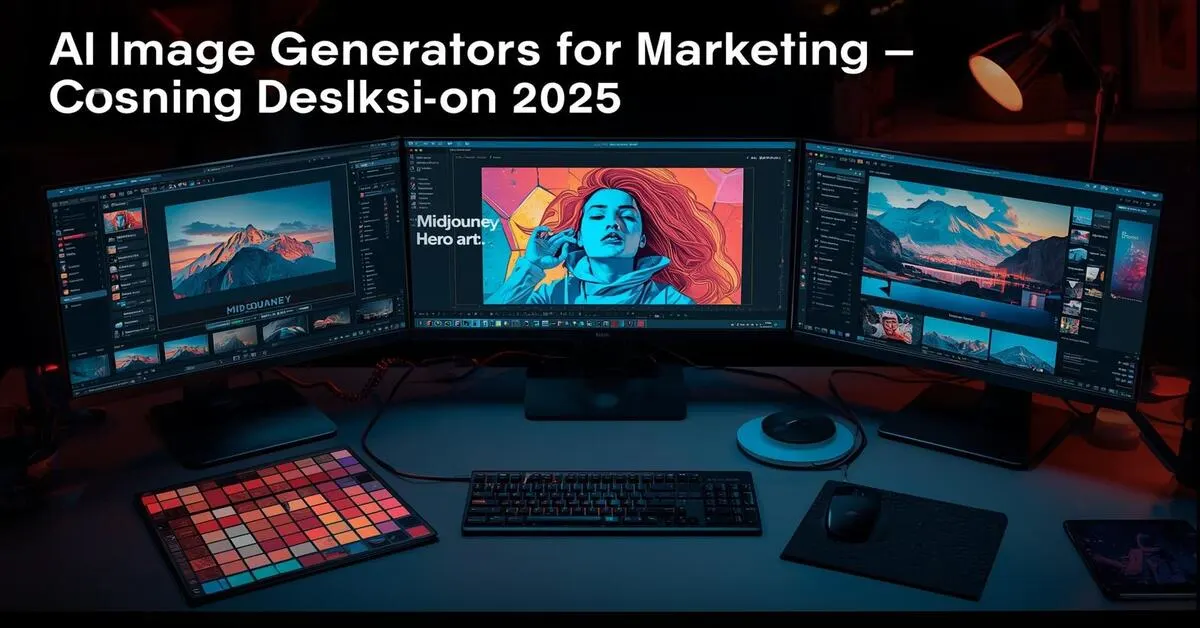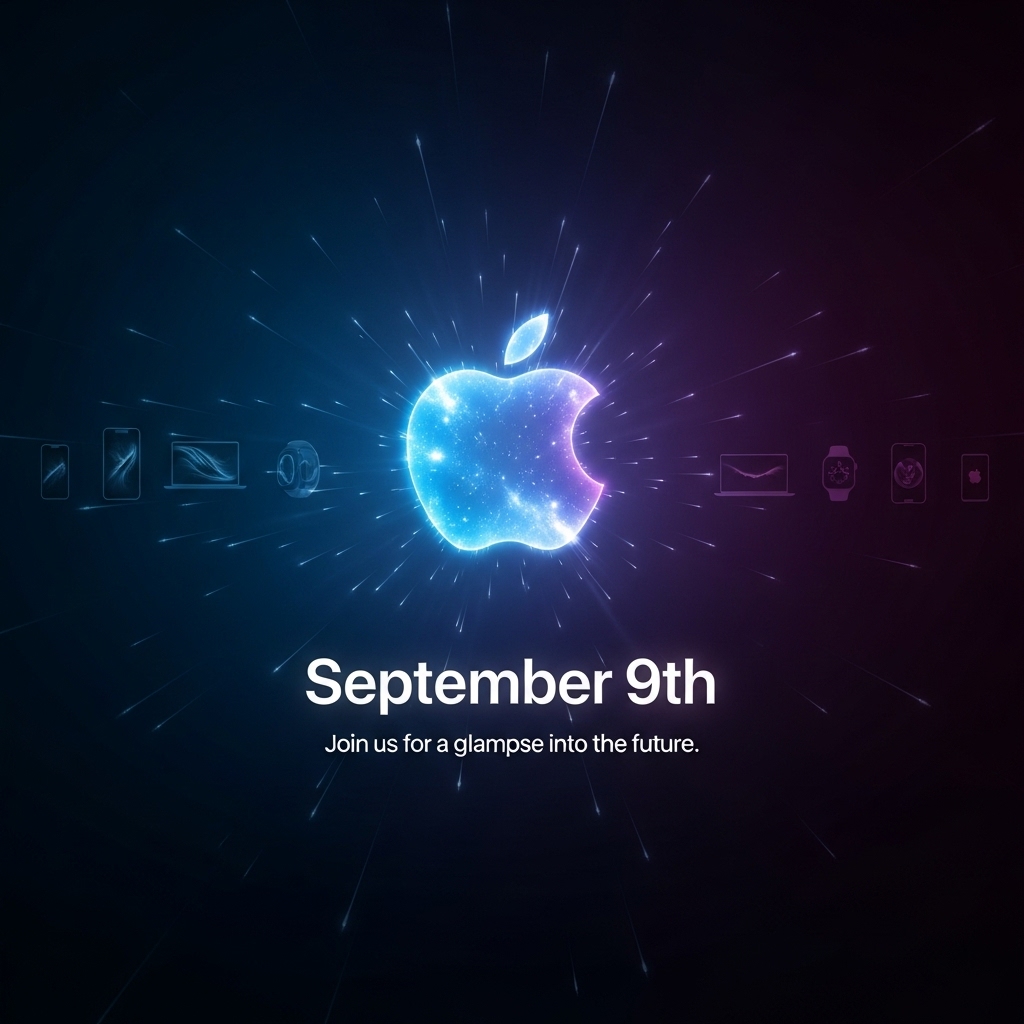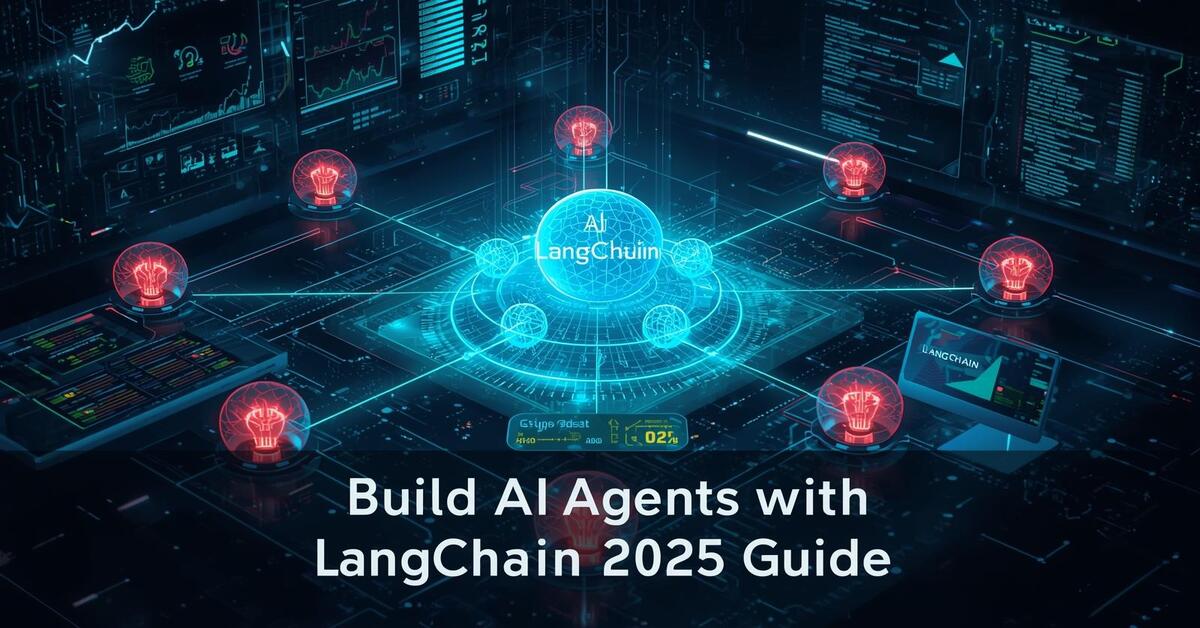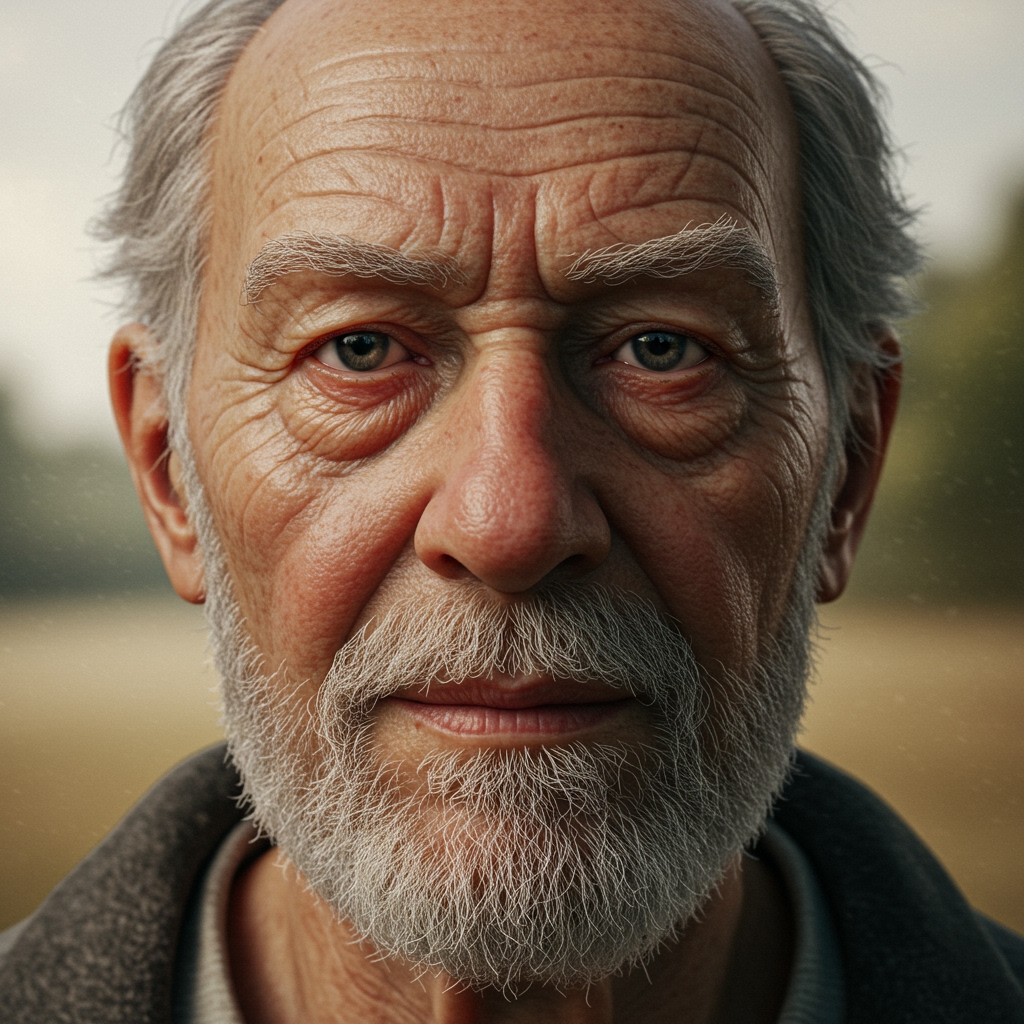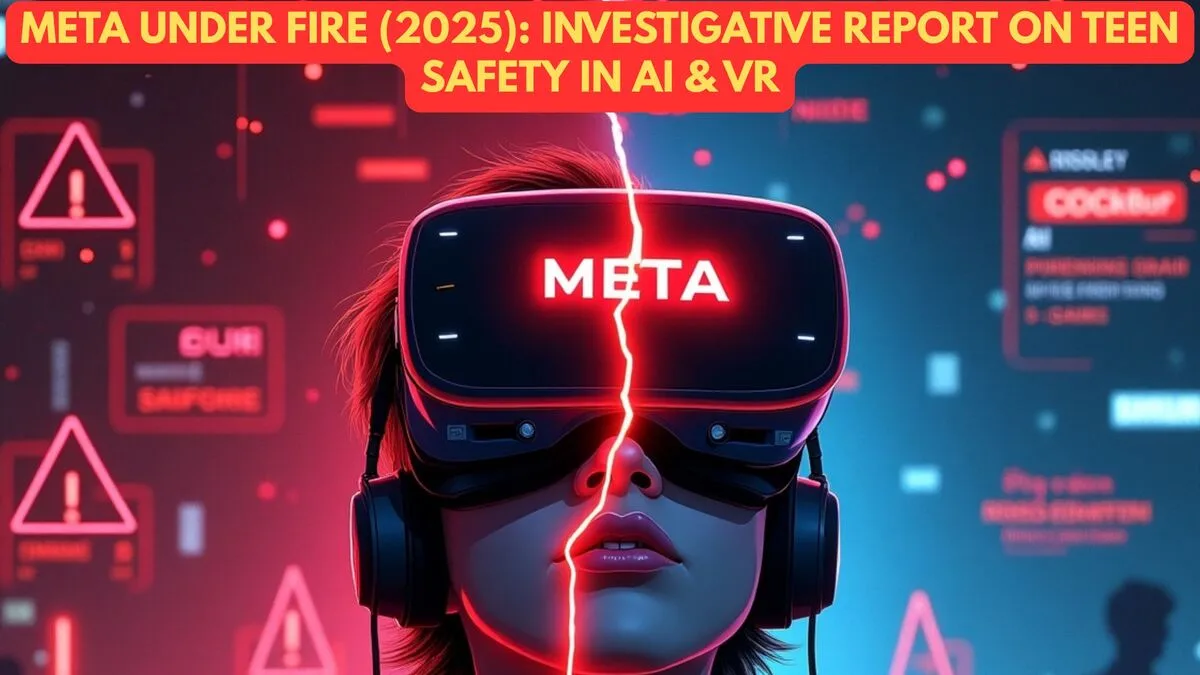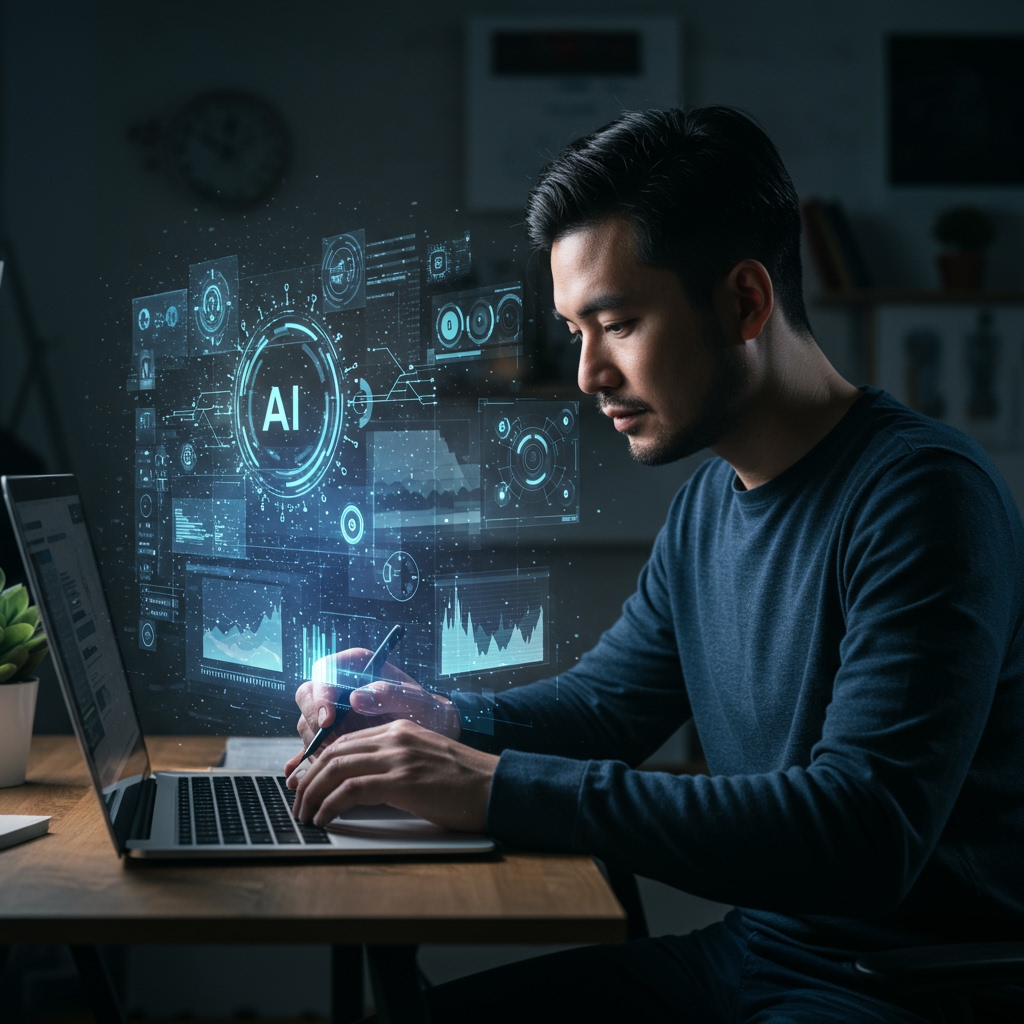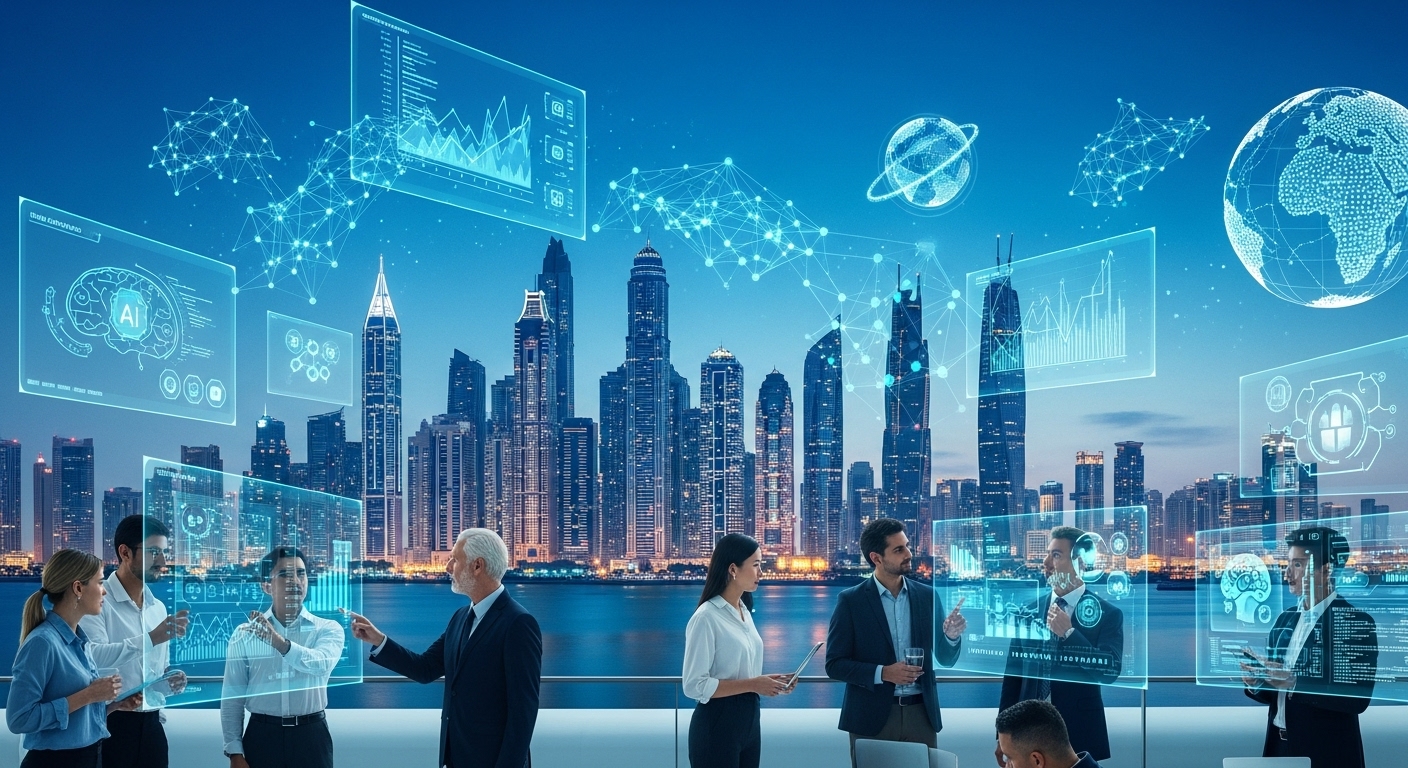AI Image Generators for Marketing: Scale Visuals in 2025
Introduction — Why Visuals Are the New Growth Engine (Hook)
High-quality visuals are a direct growth lever for modern marketing: thumbnails, social ads, landing hero images, product mockups, and personalized creatives. In 2025, a new generation of AI image generators — led by Google’s Nano Banana, ByteDance’s Seedream, and creative-first tools like Midjourney — lets marketing teams produce on-brand visuals at scale in minutes. This guide explains how to choose the right tool, build repeatable workflows, measure ROI, and avoid the common production pitfalls marketers face today. [1][2]
Quick Overview: Tools & Where They Fit in a Marketing Stack
- Nano Banana (Google/Gemini family) — fast, excellent for image editing, photo-to-3D figurine trends, and iterative edits from an existing asset. Great when you need high-speed, real-world edits and brand-consistent revisions. [3]
- Seedream (ByteDance) — built for professional use with reference image continuity, 2K/4K outputs, and fast throughput — ideal for agencies and high-volume campaign production. [2][4]
- Midjourney — artistic control & distinctive visual styles; best for hero art, brand storytelling, and campaigns that need a creative signature. [5]
These tools are not direct replacements for designers — they empower teams to iterate faster, do A/B tests with varied creative directions, and hand off higher-quality starting points to designers.
What Marketers Need (Not Just “Pretty Images”)
- Brand consistency — consistent character, color palette, and visual voice across campaigns.
- Fast iteration — rapid variations for A/B and multivariate testing.
- Scalability & throughput — batch generation, templates, and programmatic APIs.
- Licensing & commercial rights — clarity for ad use and resale.
- Integration — DAM, ad platform, CMS, and automation pipeline compatibility.
Most tool roundups focus on single-image quality. What’s missing for marketing teams is workflow integration and repeatable templates — that’s where agencies win.
How to Choose: Tradeoffs & Use Cases
Use Nano Banana when you need high-fidelity edits of existing photos (product shots, UGC enhancement) and speed for social trends. [3]
Use Seedream when you need ultra-consistent character or brand assets across 2K/4K images, or when you run volume campaigns that require reference image consistency. [2]
Use Midjourney when you need a strong, instantly recognizable creative style (hero imagery, brand storytelling, limited-run ad creatives). [5]
Concrete Workflow — From Brief to Scalable Creative Output
- Create a campaign brief (target, CTA, visual language, deliverables).
- Assemble brand assets (logo, hex palette, fonts, and 3–6 reference images).
- Select generator based on the use case (edit vs. brand-consistency vs. artistic).
- Prompt engineer using a template (see “Prompt Library” below).
- Batch generate with variations (color, pose, background, copy overlay).
- Run automated QA (image check for logos, legibility, alt text, and brand colors).
- Push to DAM & ad platform via API, tag by variant, and run A/B tests.
- Measure & iterate: CTR, CPC, conversion rate, and creative fatigue.
Prompt Library — Starting Templates (Marketing-Ready)
Product Ad — Photo Edit (Nano Banana style)
"Edit this product photo: keep product size/angle, replace background with clean white-to-gradient, increase shadow definition, apply brand color overlay #E53935 at 15% opacity, add logo bottom-right 200x80px, export 2K, commercial use"
Hero Visual — Brand Story (Midjourney style)
"Cinematic hero image of a person using product X, emotional, high-contrast, deep depth of field, color palette: navy #0A2239, coral #FF6B61, include subtle brand motif in background, 3:2 aspect, editorial magazine style"
Character Consistency — Multi-scene (Seedream style)
"Generate 6 images of the same character (female, 30s) across settings: office, coffee shop, outdoors. Maintain consistent facial features, hairstyle, and clothing style. Provide 2K outputs, ensure color palette matches #1 brand palette, deliver as numbered set."
Table 1 — Feature & Pricing Snapshot (Representative)
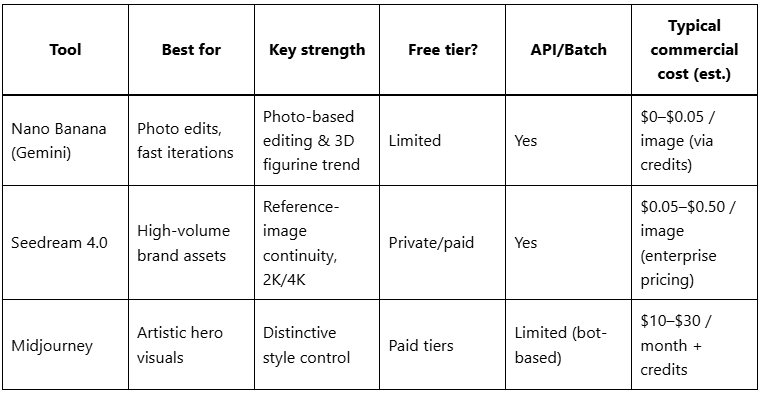
Note: prices vary with volume and enterprise contracts; test with free tiers or trials first. [2][3][5]
Measuring ROI — How To Estimate Value Per Image
A simple ROI model for ad-driven campaigns:
Inputs: avg CPC = $0.60, CTR uplift from new creative = +0.15%, conversion rate = 2%, avg order value = $50, cost per new image = $0.20.
Result: If a new creative runs 100,000 impressions, CTR uplift yields 150 additional clicks → 3 extra conversions → $150 revenue. If image cost is $0.20 → break-even requires scaling or higher conversion uplift. Use this table to pilot.
Table 2 — Sample ROI Estimation (per 100,000 impressions)
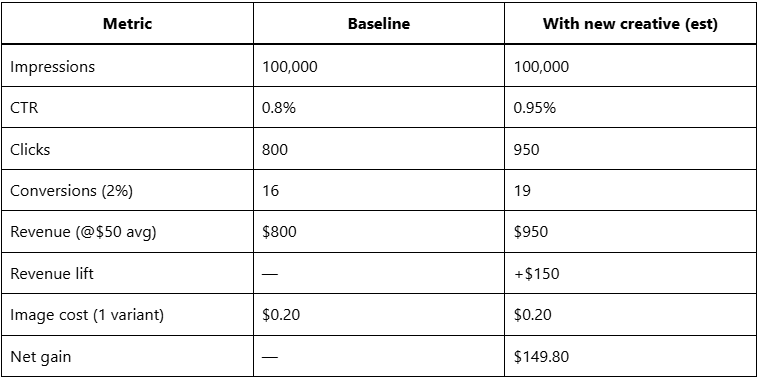
Content Gaps in Existing Competitor Articles (Top 10 Review Summary)
After analyzing top 10 results (tool roundups, reviews, and how-to guides), common gaps are:
- No end-to-end marketing workflow (brief → asset → DAM → ad platform).
- Missing prompt templates for campaign use (many posts show single prompts).
- Lack of ROI models and pricing transparency for enterprise scale.
- Minimal guidance for brand consistency across multi-image sets.
- Few integration examples (APIs + DAM + ad channels) or automation playbooks.
- Sparse legal/licensing guidance for paid ads or marketplaces.
- Limited QA checks and accessibility guidance (alt text, text legibility).
- Few case studies showing measurable CTR / CVR uplift.
- No ready-to-use CSV for batch generation + tagging workflows.
- Few marketers’ checklists for compliance & creative review.
Content upgrades we recommend: downloadable prompt library, ROI calculator spreadsheet, a workflow diagram (Figma/SVG), a PDF checklist for brand QA, and a chart comparing throughput vs. cost per image for each tool.
Implementation — Tech Stack & Integrations
- DAM: Cloudinary, Bynder (store generated assets, version control).
- Automation: Zapier, Make/Integromat to move images from generator to DAM → CMS → ad platforms.
- Testing: Google Optimize / Splitly for ad creative A/B testing.
- Governance: Use a review step (human-in-the-loop) and tag images with generated:true in metadata.
Legal & Brand Safety Checklist
- Check commercial license for each tool.
- Avoid generating trademarked logos or copyrighted characters without rights.
- Keep records of prompt + seed for auditability.
- Add alt text and ensure text in images passes legibility tests.
Suggested Comparison Chart (How to render)
Chart idea: “Cost per image vs. Throughput (images/hour)” — x-axis = throughput, y-axis = $/image; plot Nano Banana (high throughput, low cost), Seedream (very high throughput, medium cost), Midjourney (lower throughput, higher creative cost). Use Google Sheets or Data Studio.
Conclusion — Run Pilots, Measure, Standardize
AI image generators are now production-ready tools for marketers. Start with a controlled pilot (100–1,000 impressions per variant), measure CTR and conversion delta, then optimize prompts and production pipelines. Focus on brand consistency, automation, and clear ROI to scale safely. With the right templates and governance, Nano Banana, Seedream, and Midjourney can each serve a predictable role in your visual production stack. [6][7]
FAQs
Which AI image generator is best for marketing?
It depends — Nano Banana for edits, Seedream for brand consistency, Midjourney for hero visuals. Run A/B tests.
Are AI-generated images allowed in paid ads?
Generally yes, if your license grants commercial rights. Always review the tool’s terms and retain prompt + seed records for compliance.
How much does it cost to produce images at scale?
Costs vary widely (free tiers to enterprise contracts). Typical per-image estimates range from $0.02 to $0.50 depending on resolution and enterprise agreements. Pilot first to measure true cost-per-conversion.
How do I keep visuals consistent across campaigns?
Use reference images, brand palettes, and templates. Tools like Seedream support multi-image consistency by design.
Can AI replace designers?
Not fully. AI speeds iteration and reduces routine work, but designers add critical brand strategy, complex composition, and final polish.
Featured Image Prompt (SEO + Editorial)
Prompt:
“Dynamic editorial-style image: a marketer’s desktop with multiple campaign visuals on screen — one photo edited (before/after), one Midjourney hero artwork, and a Seedream multi-scene set in thumbnails; include brand color swatches, a notepad with prompt templates, and the text overlay: ‘AI Image Generators for Marketing — Scale Visuals in 2025’. Cinematic lighting, 3:2 aspect ratio, high-res, suitable for feature image.”
